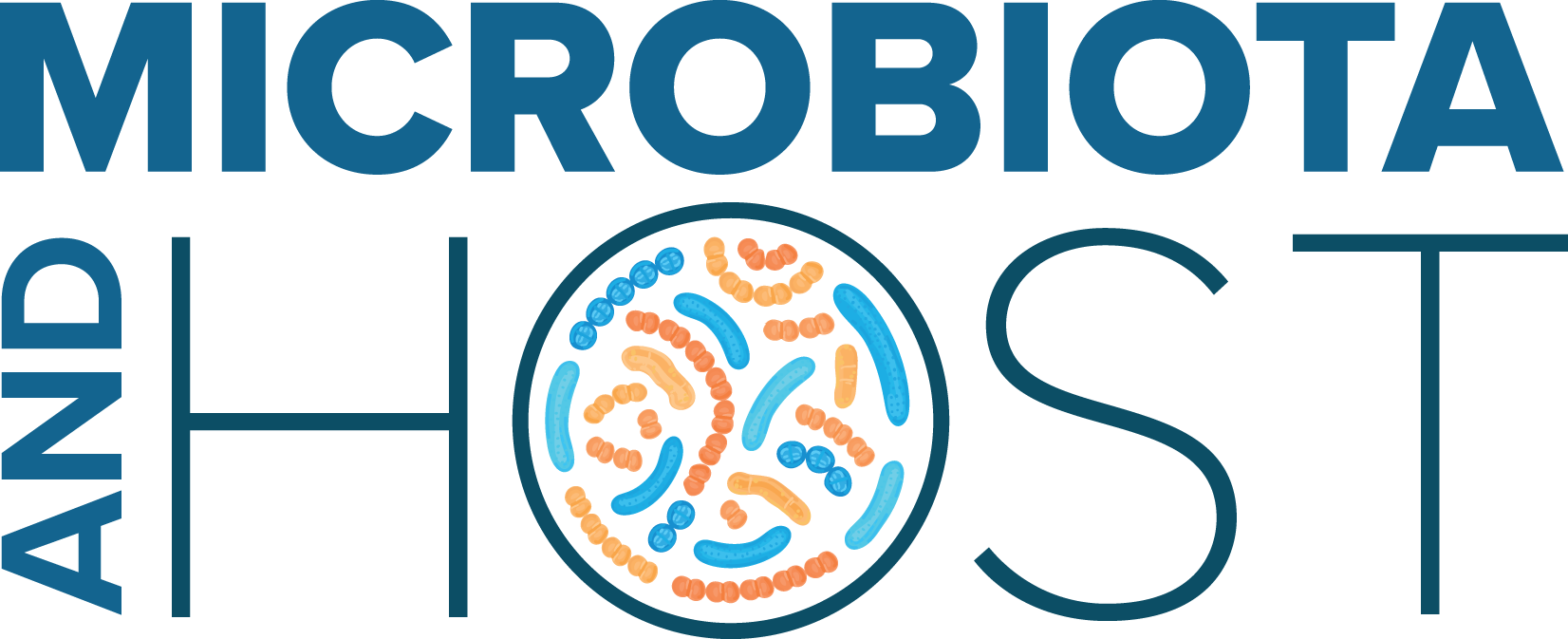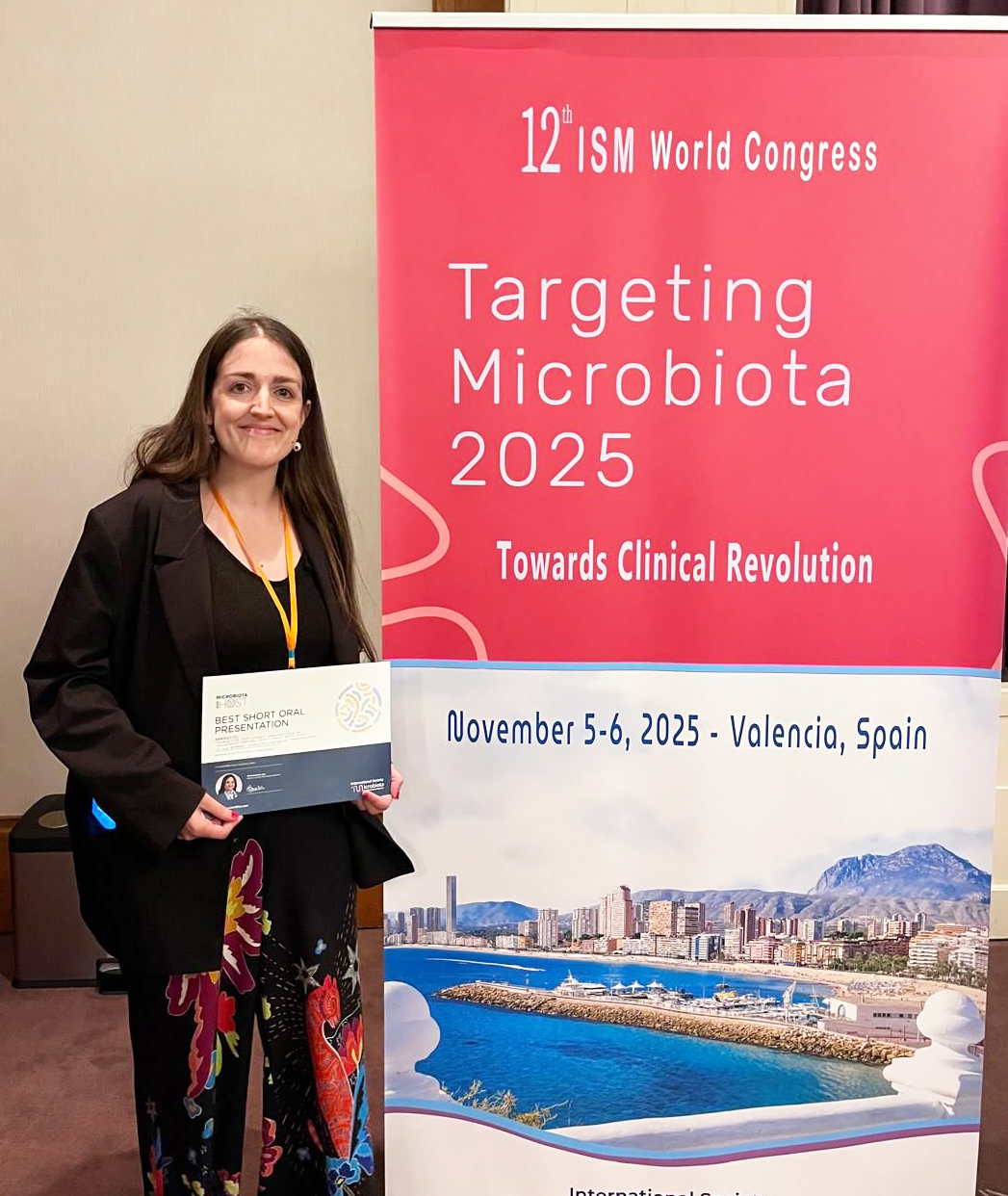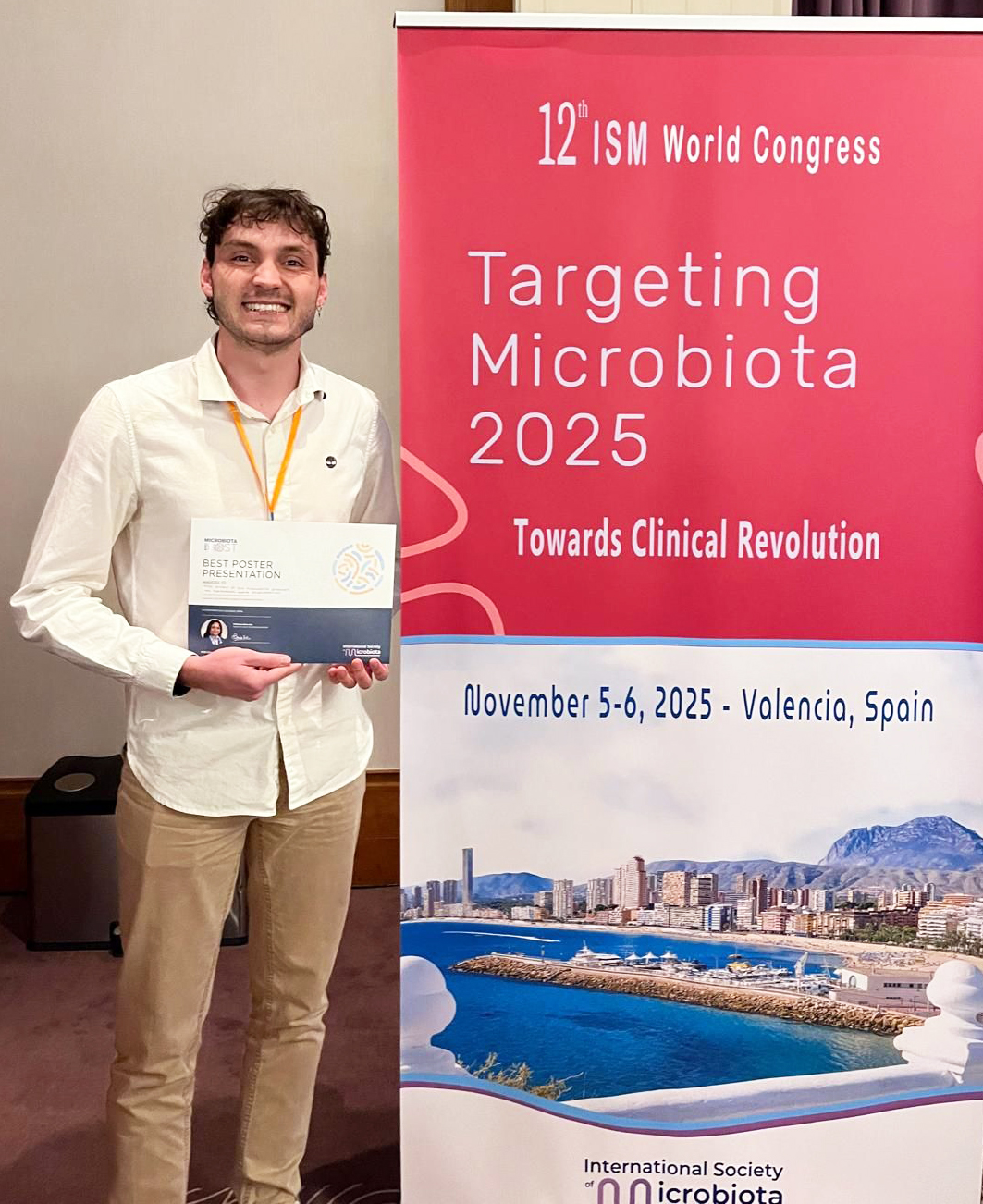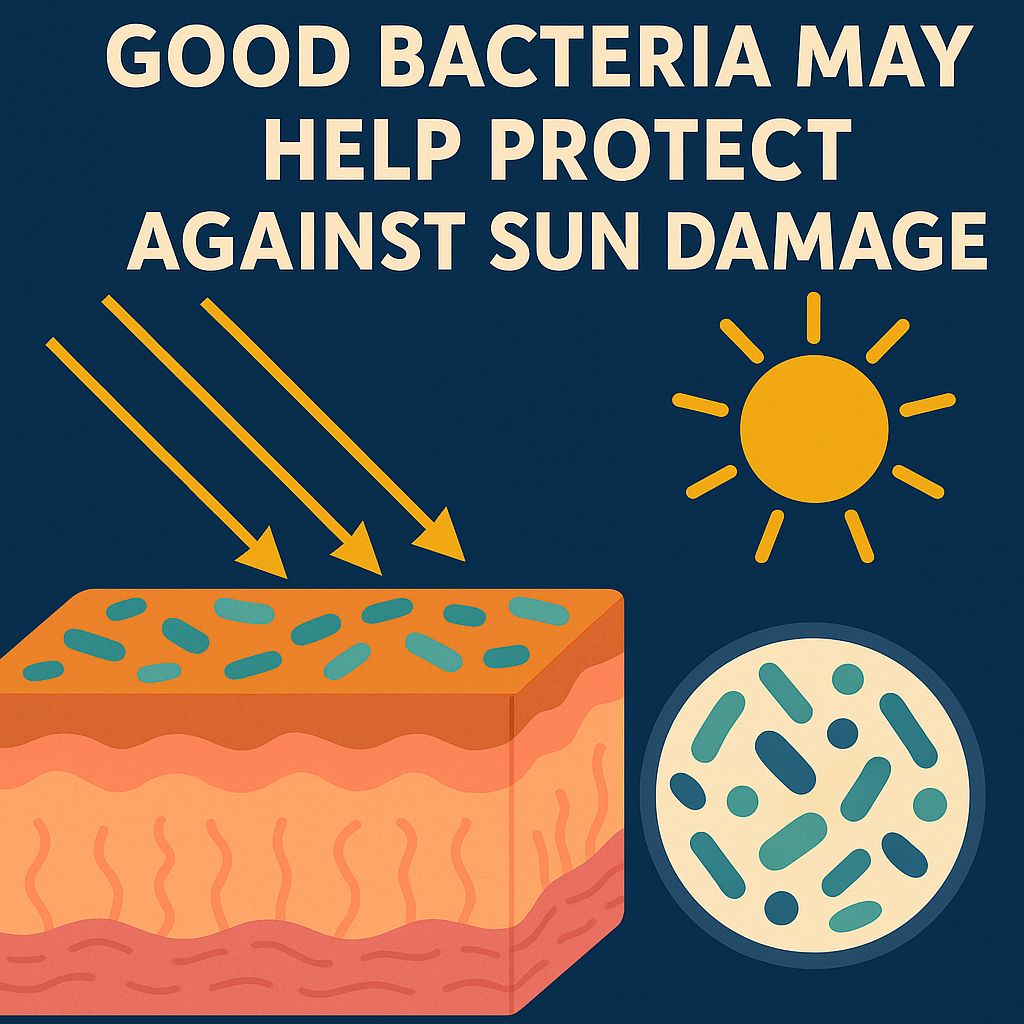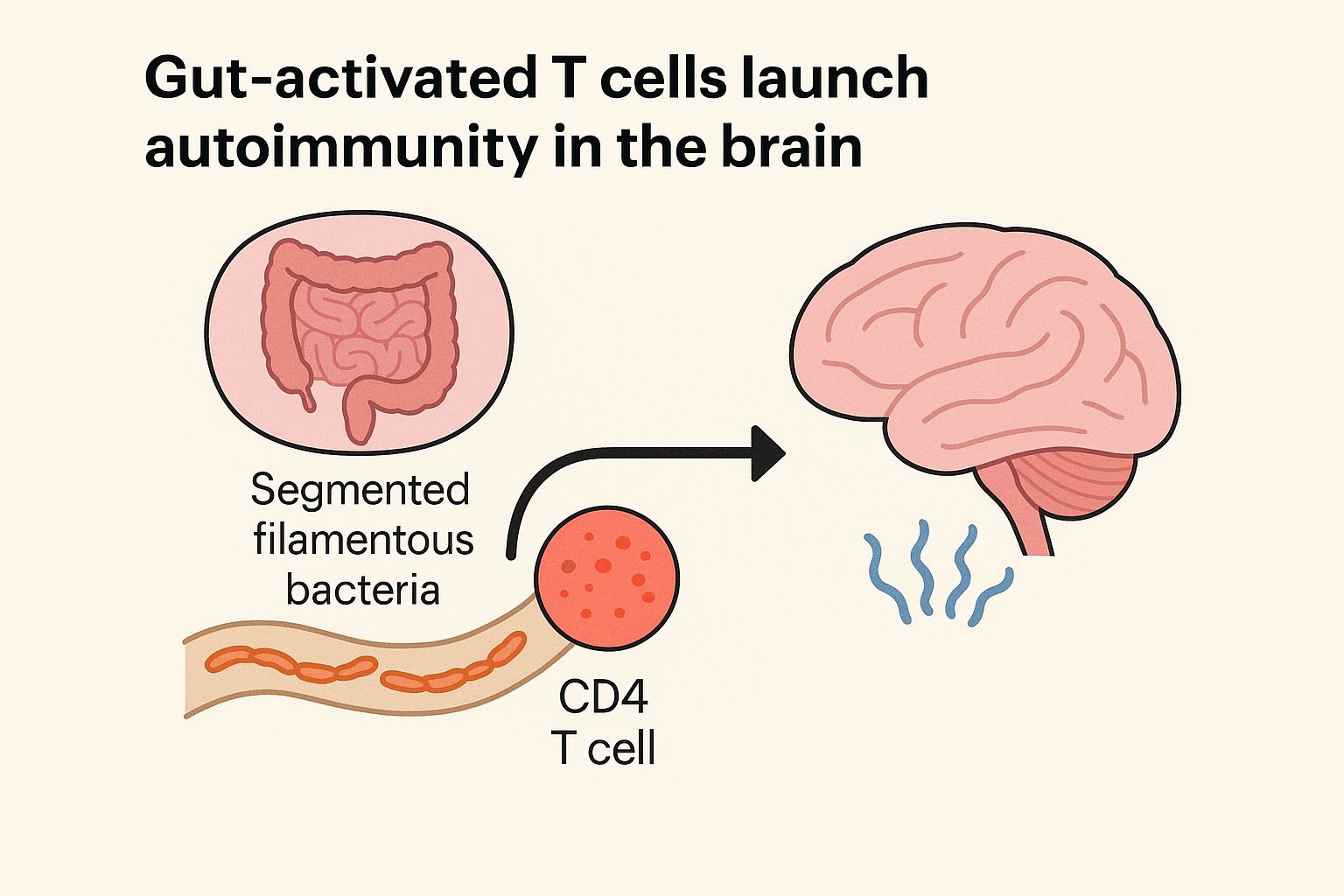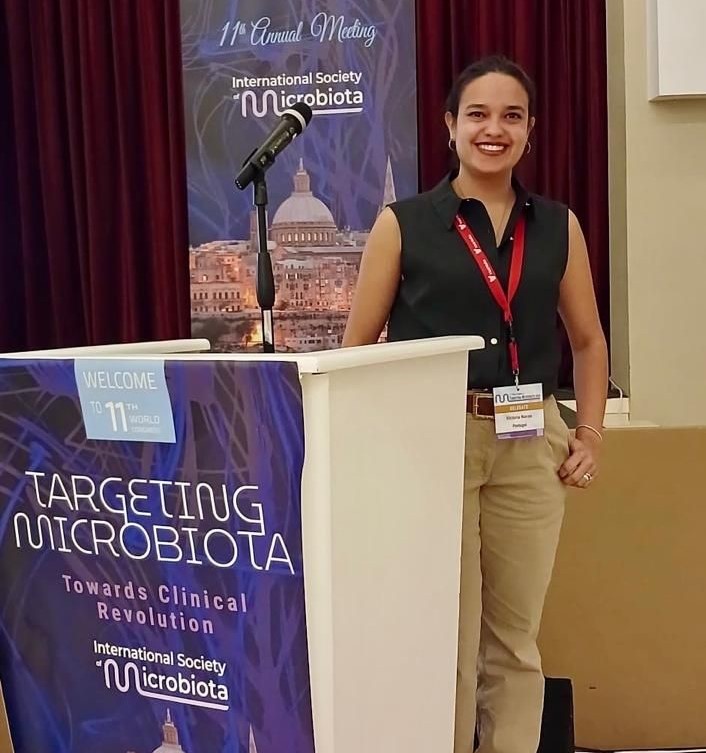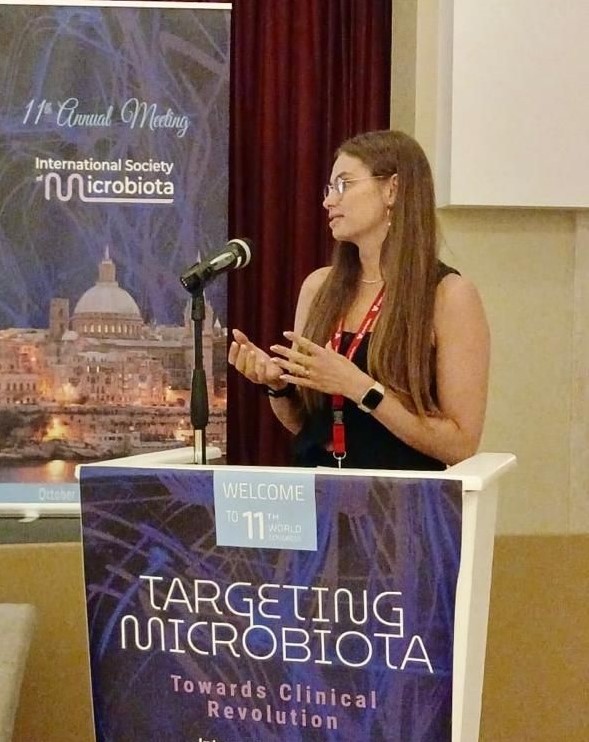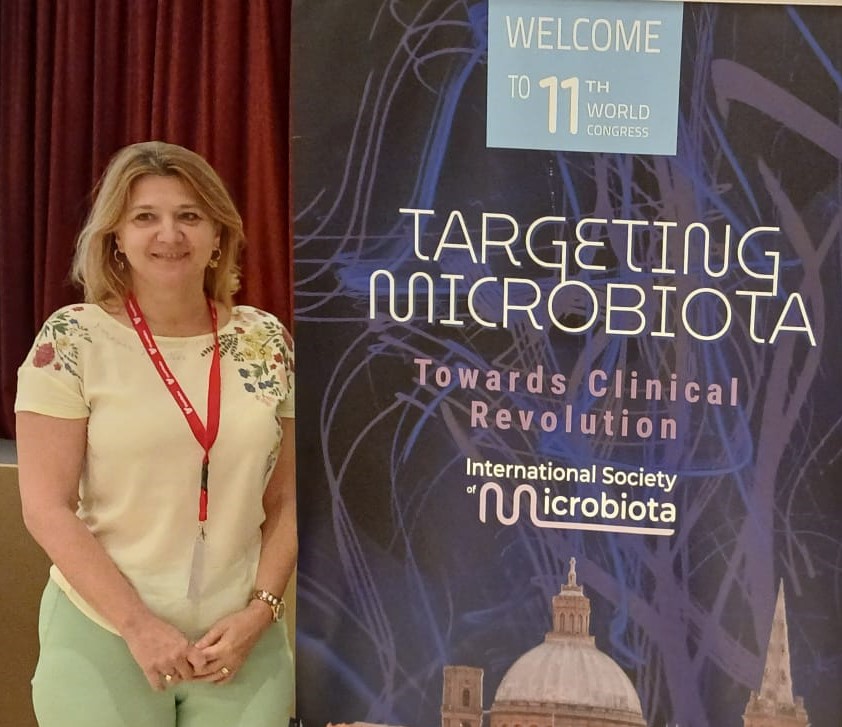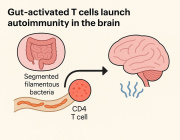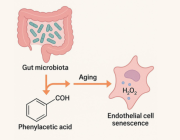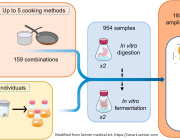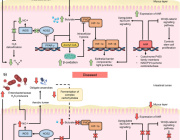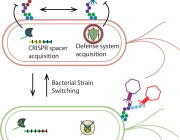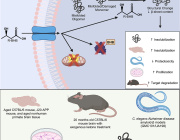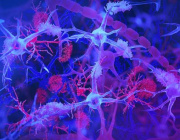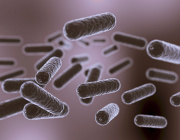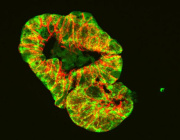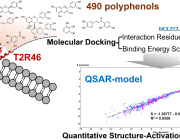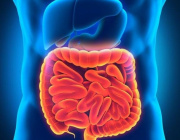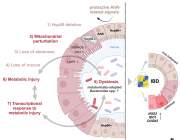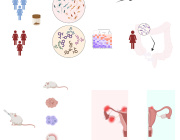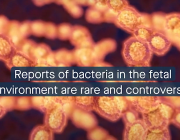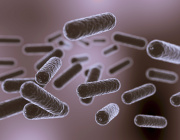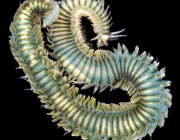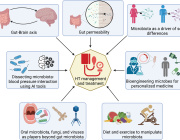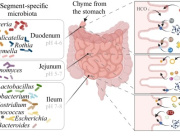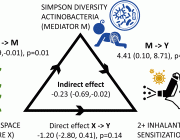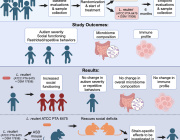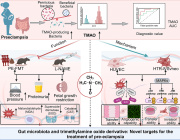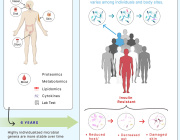Unraveling the gut microbiome of the long-lived naked mole-rat
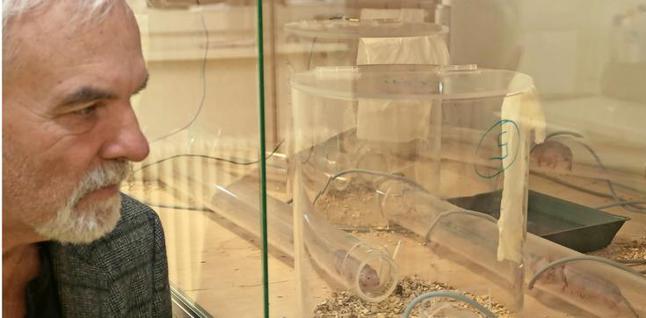 A recently published article in Nat. Sci. Rep. by Debebe et al. presents the analysis of the gut microbiome and metabolome of the long-lived naked mole-rat. The data were collected and compiled in a very cooperative manner by scientists from Bologna, Berlin, Addis Ababa and Leipzig.
A recently published article in Nat. Sci. Rep. by Debebe et al. presents the analysis of the gut microbiome and metabolome of the long-lived naked mole-rat. The data were collected and compiled in a very cooperative manner by scientists from Bologna, Berlin, Addis Ababa and Leipzig.
The naked mole-rat (Heterocephalus glaber) is a mouse-sized African mammal that shows few age-related degenerative changes and seems to be resistant to cancer. We characterize for the first time the intestinal microbial ecosystem of the naked mole-rat in comparison to humans and other mammals and highlighting peculiarities related to the specific living environment. Some compositional gut microbiota characteristics were also shared with human gut microbial ecosystems of centenarians and Hadza hunter-gatherers considered as models of a healthy gut microbiome. We found an enrichment of short-chain fatty acids and carbohydrate degradation products in naked mole-rat compared to human samples.
In this study, Dr Debebe and his team suggests that the particular commensal bacteria in connection with the plant-originated diet seem to contribute to the peculiarities responsible for their long healthy life.
One of the co-author of this study, Prof. Gerd Birkenmeier from Medicine University of Leipzig will present the results of this study during the 5th World Congress on Targeting Microbiota. For more information: www.microbiota-site.com
Source: Unraveling the gut microbiome of the long-lived naked mole-rat. Debebe & al. Nat. Sci. Rep.






